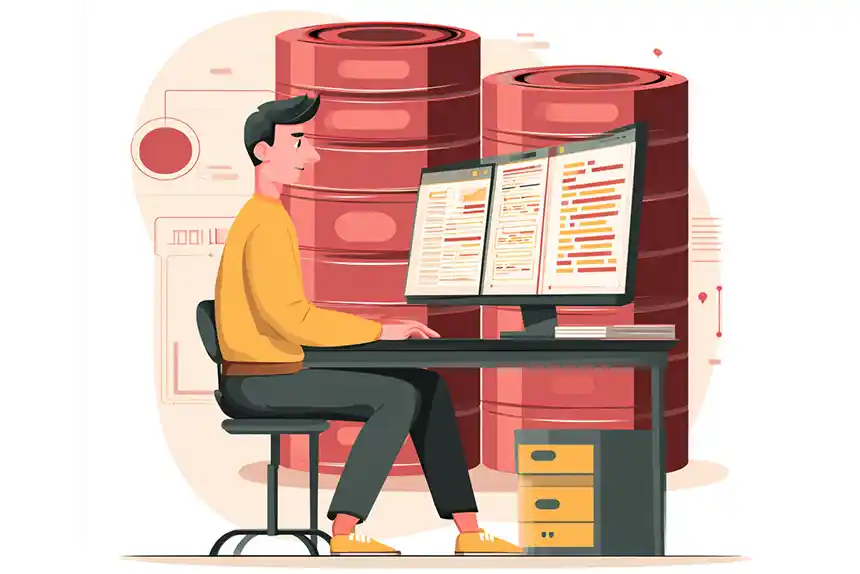CMS Landscape 2020: What’s Happening?

Mike Vertal

The CMS industry — and software in general — is evolving at a rapid pace. The needs of organizations in the near future will be vastly different from the past, and this change is mostly fueled by customer expectations. In fact, 81% of companies expect to be competing mostly or completely on the basis of customer experience in 2020.
That’s because customers are demanding highly personalized digital experiences on all of their devices, and enterprises are struggling to build and deploy the technologies necessary to keep up with emerging trends. With this in mind, here are some of the major trends we’re seeing in the CMS landscape.
Support For Emerging Channels
Customers are demanding that brands provide rich omnichannel digital experiences. Many organizations today have a multichannel approach with support for many devices and touchpoints, but little integration between them. This won’t cut it as consumers look to move between channels and still have a seamless customer experience.
There’s also been a proliferation of new channels from headless commerce to AI-enabled video experiences to digital signage to IoT to augmented / virtual reality to wearables and beyond. Companies are still experimenting with how to leverage these platforms best, but there’s no doubt that brands will continue to spread their presence across new channels into the future. The speed of emerging channels means IT teams are struggling to develop support for them, and this is fueling the DevOps movement.
DevOps Integration
DevOps and every variation of “ops” are seeing greater enterprise adoption. Examples include GitOps, DevSecOps, and CloudOps — all different approaches to automate previously manual processes. This signals a need to overhaul IT operations processes as software development and deployment become incredibly complex at the enterprise level.
In the future, however, as companies realize every enterprise application is content-driven, there will be increased adoption of DevContentOps™. Managing code and content separately is creating headaches for both marketers and developers, and this has a negative impact on the customer experience. DevContentOps will streamline enterprise development in the near future by integrating content into the CI/CD pipeline for easier movement of content-driven applications between separate environments, faster deployments, and continuous publishing.
Cloud-Ready Deployments
The adoption of cloud computing is growing at a breakneck pace, and this includes CMS deployments. Companies are seeing the benefits of scalability, elasticity, and reduced infrastructure requirements by moving to the cloud. Cloud adoption looks different for every organization, however, with some companies opting for a hybrid cloud approach.
To meet the need, some companies are adopting SaaS-only CMS solutions, but these suffer from the SaaS trap. So instead smart companies are turning to open source CMS solutions that provide both SaaS (fully managed) and private cloud (self managed) options. These modern cloud-ready CMS solutions benefit from a microservices architecture, native containerization, elastic scalability, and more. Microservices enable greater scalable in the cloud because new instances of specific services can be deployed instead of an entire monolithic application. A true cloud-ready CMS, therefore, has a shared-nothing architecture and can easily integrate with containerization and orchestration platforms.
Stateless Content Repositories
Many IT teams are looking towards software that’s serverless. An essential requirement for serverless is that data storage — like the CMS content repository — is completely stateless. The key benefits of serverless are global scalability and elasticity at low cost. That’s because new instances of the software can quickly be deployed or stopped depending on traffic demands, and many cloud providers offer pay-as-you-go serverless services, so expenses are closely aligned with resource usage.
Statelessness is also crucial for containerized deployments. Application persistence is a huge challenge for containerization and orchestration because containers are ephemeral. Orchestration platforms like Kubernetes automatically deploy (and undeploy) containers constantly, so data management becomes a nightmare. Stateless content repositories, however, enable scalable serverless deployments, and many companies are starting to see the logic in this. With stateless content repositories, companies can store data on services like S3 or CloudFront for high-performance content delivery.
Multimedia Support
Marketing teams have seen the benefits of publishing multimedia — images, video, and audio — with their content. It’s even predicted that the majority of web traffic will be video-based in the near future. But IT teams are still facing challenges, for example, with achieving high-performance video streaming, and marketers struggle to customize the video viewing experience.
In 2020, many enterprises will likely look towards CMS solutions with native robust video management capabilities. Delivering live-streams, in particular, is challenging and requires managing bandwidth, video resolution, bit rate, and more to ensure a quality viewing experience for end-users. Live streaming can have a dramatic uptick in customer and employee engagement, so many enterprises are seeking a solution with streamlined multimedia support.
Headless CMS 3.0
As the previous trends have shown, companies will be looking to modernize their tech stacks in the near future to provide better digital experiences. Traditional and even most headless and hybrid CMS solutions are not ready to meet customer demands. And they’re not ideal for IT staff to maintain either. That’s why the move towards headless 3.0 will likely grow in 2020.
Headless CMS 3.0 is the natural evolution of the hybrid CMS — where marketers could manage omnichannel content using rich authoring tools, and developers had the freedom to build front-ends using APIs or built-in frameworks. The future of headless, however, includes better integration with DevOps (or DevContentOps) processes, extensible APIs, and GraphQL. GraphQL, in particular, will enable companies to find or train developers easier, and more efficiently enable developers to build for new digital channels. Companies need to improve the developer and IT operations experience when it comes to CMS solutions, and headless 3.0 is the way things are headed.
CrafterCMS Is At The Forefront
CrafterCMS has been built to meet the needs of organizations in 2020 and beyond. The platform has extensible REST APIs and GraphQL support for omnichannel, headless 3.0 content delivery. CrafterCMS also has a decoupled, containerized microservices architecture that’s ideal for scalable cloud-based deployments. Serverless deployments also make the CMS highly elastic. And this elasticity is particularly useful for delivering multimedia and live streaming events. Most powerful of all, however, is CrafterCMS’s Git-based content repository that enables a DevContentOps approach to enterprise application development. With these innovative capabilities, Crafter is the CMS of the future.
Related Posts

Publishing Content from Crafter Studio to External Systems and Databases

Sara Williams

Websites Are Dead?

Mike Vertal

No-Code Experience Building for Marketers & Designers

Amanda Lee

Is Your CMS MACH-Ready? A Practical Guide for Enterprise Architects

Sara Williams











